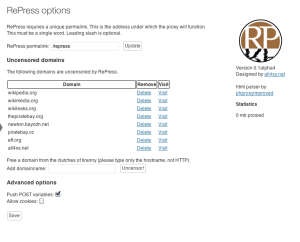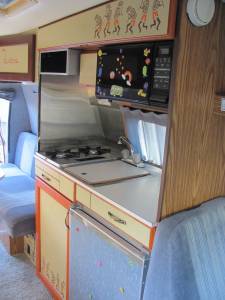 Ah, the couch. Warm and dry with all the comforts of indoor living, this luxurious option is available all around the world free to anyone with basic social skills and decency. While no one couch is a permanent living solution, there is an endless supply of them. This option is invaluable when travelling, and is the reason I don’t know anything about urban camping. A few of the most important things to keep in mind:
Ah, the couch. Warm and dry with all the comforts of indoor living, this luxurious option is available all around the world free to anyone with basic social skills and decency. While no one couch is a permanent living solution, there is an endless supply of them. This option is invaluable when travelling, and is the reason I don’t know anything about urban camping. A few of the most important things to keep in mind:
- Be the kind of person your host wants to have around.
- NEVER allow someone’s couch to be your only option. You should want to be there and your host should want to have you; need kind of ruins the whole thing.
- Not only should you prevent your residency from becoming a burden on your host, it is your duty as a couch-dweller to improve their life by your presence. Clean up the place, not just after yourself. Cook. Use whatever skills you have to improve their situation. Anyone I stay with ends up with a well-organized home network and every device on it perfectly configured.
- Know when to leave. If you’re travelling this should never even come up, but you should never overstay your welcome. Leave before your host wants you gone, and you’ll be a lot more likely to be invited back.
Really, it just boils down to what I said in the beginning: use basic social skills and common sense/decency to make your stay a pleasant one, both for you and your hosts.





